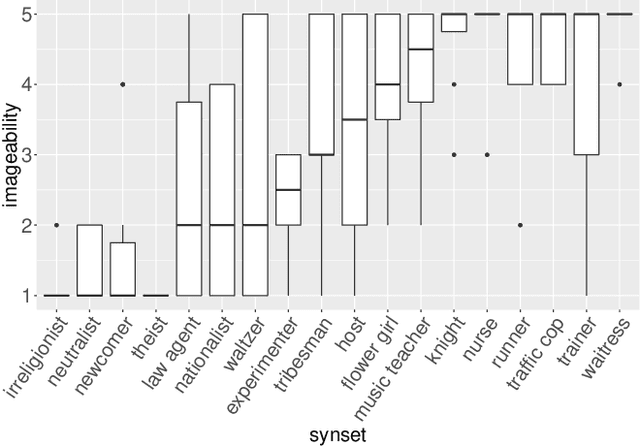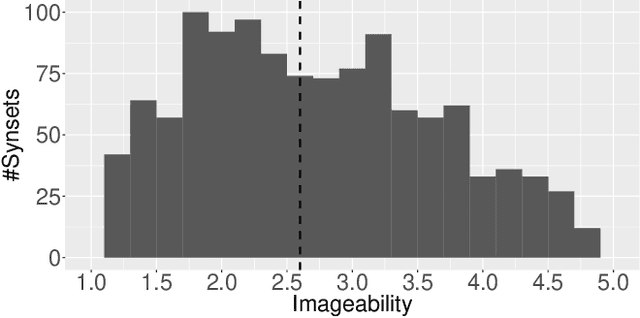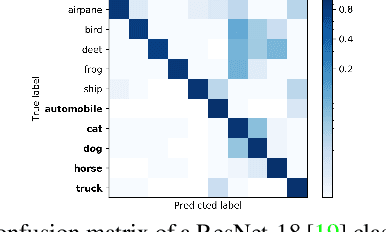Klint Qinami
Towards Fairer Datasets: Filtering and Balancing the Distribution of the People Subtree in the ImageNet Hierarchy
Dec 16, 2019



Abstract:Computer vision technology is being used by many but remains representative of only a few. People have reported misbehavior of computer vision models, including offensive prediction results and lower performance for underrepresented groups. Current computer vision models are typically developed using datasets consisting of manually annotated images or videos; the data and label distributions in these datasets are critical to the models' behavior. In this paper, we examine ImageNet, a large-scale ontology of images that has spurred the development of many modern computer vision methods. We consider three key factors within the "person" subtree of ImageNet that may lead to problematic behavior in downstream computer vision technology: (1) the stagnant concept vocabulary of WordNet, (2) the attempt at exhaustive illustration of all categories with images, and (3) the inequality of representation in the images within concepts. We seek to illuminate the root causes of these concerns and take the first steps to mitigate them constructively.
Towards Fairness in Visual Recognition: Effective Strategies for Bias Mitigation
Nov 26, 2019



Abstract:Computer vision models learn to perform a task by capturing relevant statistics from training data. It has been shown that models learn spurious age, gender, and race correlations when trained for seemingly unrelated tasks like activity recognition or image captioning. Various mitigation techniques have been presented to prevent models from utilizing or learning such biases. However, there has been little systematic comparison between these techniques. We design a simple but surprisingly effective visual recognition benchmark for studying bias mitigation. Using this benchmark, we provide a thorough analysis of a wide range of techniques. We highlight the shortcomings of popular adversarial training approaches for bias mitigation, propose a simple but similarly effective alternative to the inference-time Reducing Bias Amplification method of Zhao et al., and design a domain-independent training technique that outperforms all other methods. Finally, we validate our findings on the attribute classification task in the CelebA dataset, where attribute presence is known to be correlated with the gender of people in the image, and demonstrate that the proposed technique is effective at mitigating real-world gender bias.
 Add to Chrome
Add to Chrome Add to Firefox
Add to Firefox Add to Edge
Add to Edge